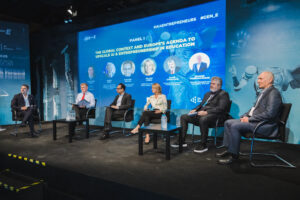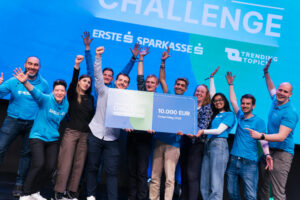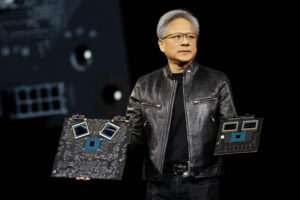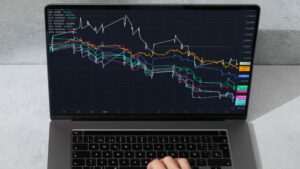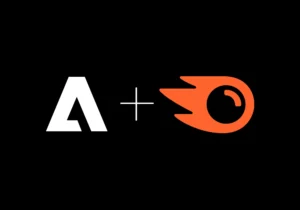Bubble.AI
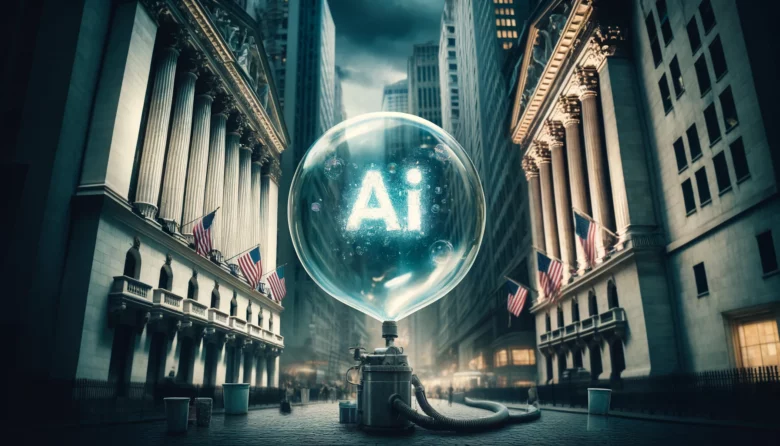
The AI hype has taken on excesses that are increasingly raising eyebrows. While the company valuations of software and hardware giants such as Microsoft, Google, and Nvidia have reached new records, the revenues generated with AI tools do not match these fantastic valuations. OpenAI, for example, is valued at around 40 times its revenue, which is said to be around $2 billion extrapolated over 12 months. Even more fantastic is the $24 billion valuation of Elon Musk’s xAI – with no apparent revenue yet.
What happened? Artificial intelligence, in the form of ChatGPT, Gemini, and others, has boosted the future prospects of C-level executives and investors. If AI can make many jobs more efficient or replace them, then this will create more added value. For Austria alone, the Federal Chancellery’s “Digital Austria” initiative calculates that the increased use of artificial intelligence “should generate around €7 billion more added value by 2035“. According to management consultant PwC, AI could potentially contribute $15.7 trillion to the global economy by 2030, which would be a GDP increase of +26% by 2030.
This thesis of productivity increases across all industries thanks to AI has been used primarily by Big Tech:
- Microsoft has become the most valuable company in the world in 2023 (+3 trillion dollar market cap)
- Nvidia has grown by 190% in the past 12 months
- Google has grown to more than $2 trillion market cap for the first time in history
- Meta Platforms has grown by 77% in the past 12 months
- Amazon, the largest cloud provider, has grown by 46% in the past 12 months
Warning: “The AI bubble is bigger than the tech bubble in the 1990s”
Market valuations and sales do not match
The 5 companies Apple, Microsoft, Alphabet, Amazon and Nvidia gained $2.4 trillion in market capitalization in 2023. That is larger than the gross domestic product of Italy (2023: $2.3 trillion), the eighth-largest economy in the world. This makes it clear who the winners are in the stock market in this steep development.
But what kind of sales are these record figures? According to an analysis by Sequoia Capital, in 2023 the tech giants spent a whopping $50 billion on Nvidia’s AI chips to train their next AI models. However, according to Sequoia, they only actually generated $3 billion in sales last year.
In 2024, spending on these AI chips will increase dramatically again: Meta Platforms, the parent company of Instagram and WhatsApp, will invest a whopping $40 billion in AI this year alone. Google plans to invest around $12 billion per quarter in AI infrastructure, and Microsoft, the major OpenAI investor, invested $14 billion in the field in the last fiscal quarter – and is unlikely to slow down.
The question is: How will all this money ever be earned back? It will be difficult for the big tech players to really report this separately because they are integrating AI tools across the board into their products and services and trying to make them more attractive. According to Statista , global sales in the field of artificial intelligence in the application areas of hardware, software and IT services could amount to around 554.3 billion US dollars in 2024.
Unlocking Success: How Brandly Digital tranforms business with creative Branding and AI
Are AI models becoming a “commodity”?
For pure providers of AI models, however, it could be much more difficult. OpenAI, Anthropic and some others usually have two business models: In the B2C sector, there is paid access to premium versions of their chatbots, and in the B2B sector, AI models are billed via API access on a token basis for input and output. The prices per 1,000 tokens are regularly falling in the intensified competition between OpenAI (GPT-4), Google (Gemini 1.5 Pro), Anthropic (Claude 3) or Mistral AI – and they have to, because developers also go by these prices and not just by the quality of the AI models themselves. The cheaper, older AI models are often sufficient for certain applications.
That’s why more and more observers are assuming that AI models will become a kind of “commodity,” i.e. a raw material without large margins. Anshu Sharma, CEO of the AI data protection startup Skyflow and former vice president of the business software giant Salesforce, believes that the future could look bleak for AI startups like OpenAI and Anthropic. While he is optimistic that large companies like Microsoft and Google will be able to attract enough users to make their AI investments worthwhile, they will have to invest huge sums over a long period of time; smaller AI startups don’t have that staying power, even if they have received billions.
UN passes first global resolution on artificial intelligence
Bubble warnings and setbacks
There have been warnings for some time that AI could be the ” biggest bubble since the 1990s ” or even the ” biggest bubble of all time .” “The pace of innovation in AI is slowing, its benefits are limited, and the costs of operating it remain exorbitant,” the Wall Street Journal recently summarized in an analysis. But the wave is still being ridden. On Sunday, Nvidia announced the next generation of AI chips (“Ruby”) at the Computex trade fair in Taiwan, before the next generation (“Blackwell”) is even on the market.
Meanwhile, the setbacks are mounting: Google’s AI-supported search engine has already been scaled back due to the many errors in the “AI Previews”, the new AI notebooks from Microsoft and partners (Copilot+ PCs) have not really been a hit, and the reactions to OpenAI’s latest model GPT-4o have been rather muted – what the world is really waiting for is GPT-5.
So if 2023 was the year of boom and hype, 2024 will be the year in which AI has to show what it can really do.





